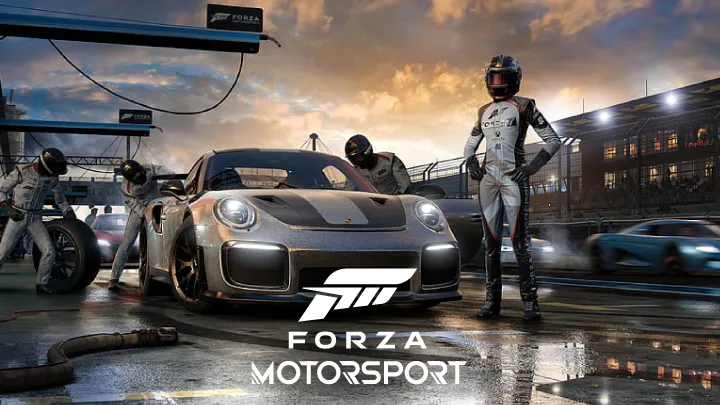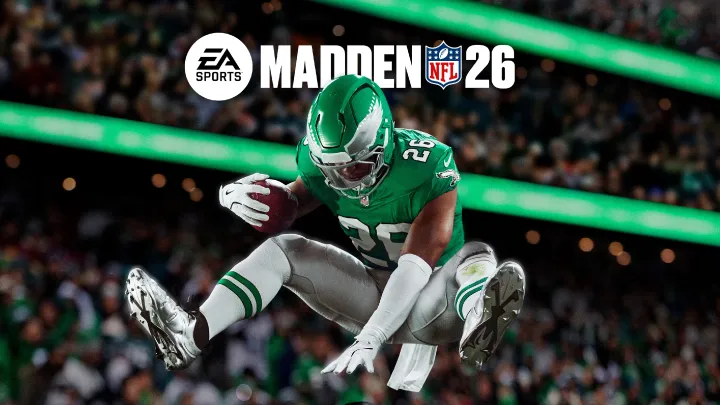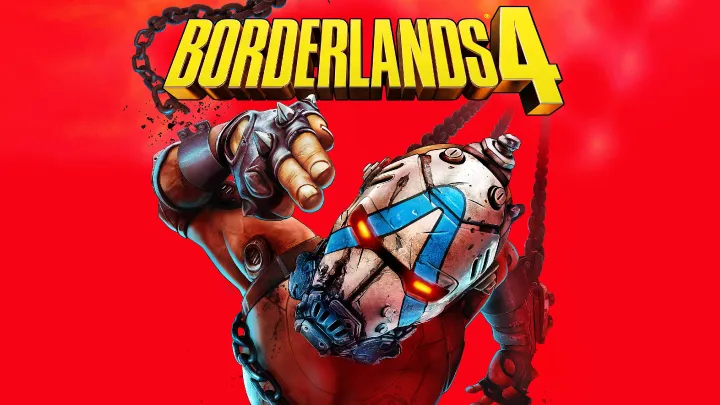Latest post on blog
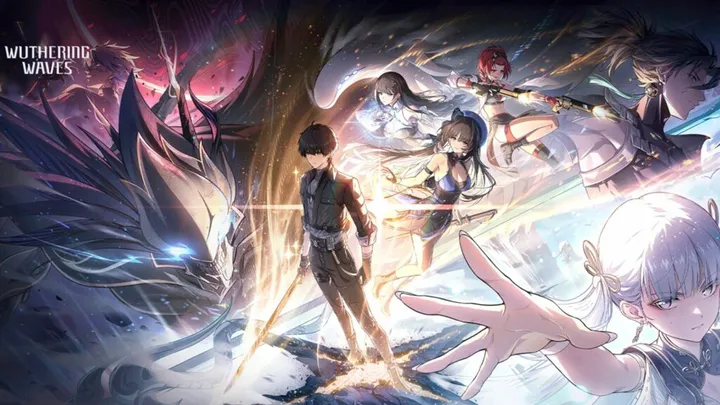
Mastering Energy and Skill Rotations in Wuthering Waves: Maximizing Damage and Efficiency
Deep dive into Wuthering Waves energy, skill rotations, elemental synergy, and advanced combat optimization.
December 07, 2025
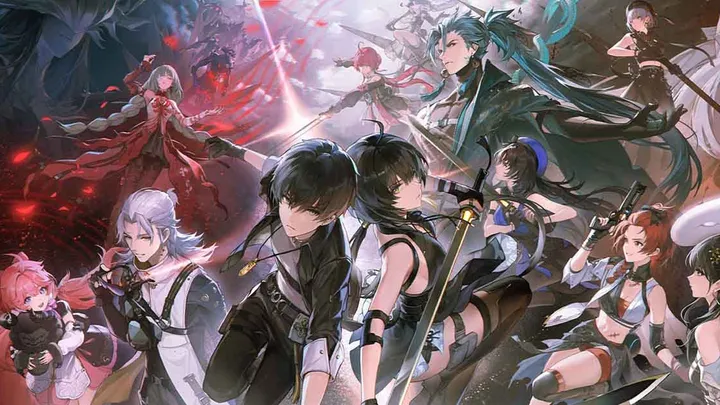
How to Master Wuthering Waves
December 07, 2025
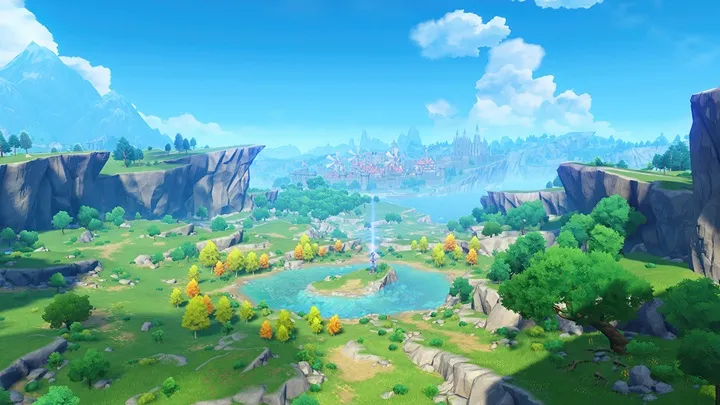
The Top 5 Open-World Games of 2025
December 07, 2025
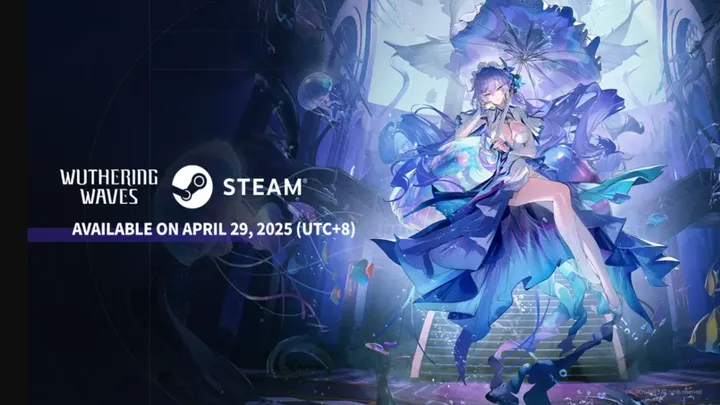
Wuthering Waves 2025: Expanding the Open World and Deepening Narrative Immersion
December 07, 2025
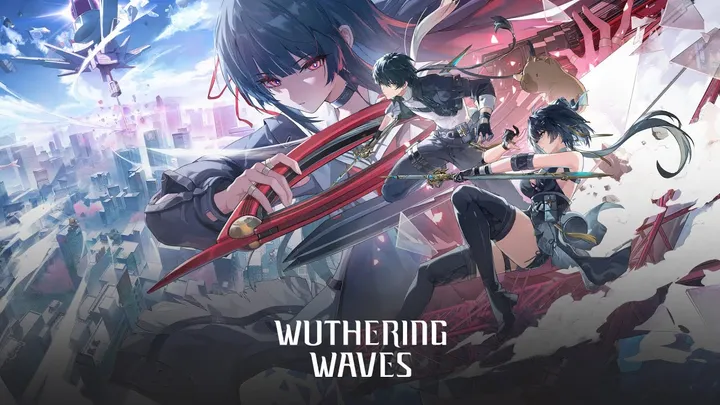
Wuthering Waves: Tips & Guides for Mastering the Flowing Battlefields
December 07, 2025
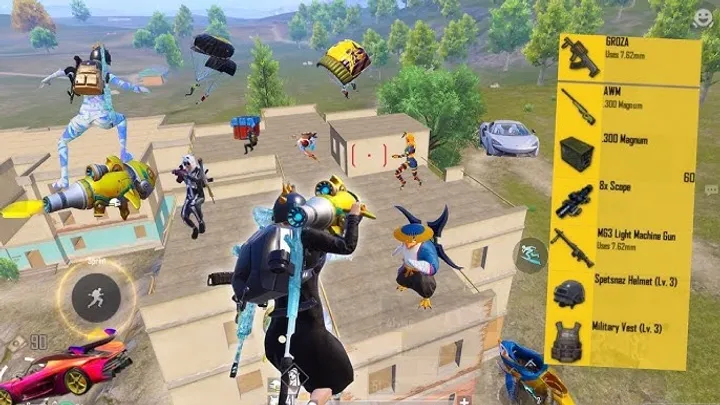
The Top 5 Shooting Games of 2025
December 07, 2025

Destiny 2: Tips & Guides for Thriving in the Last City
December 07, 2025
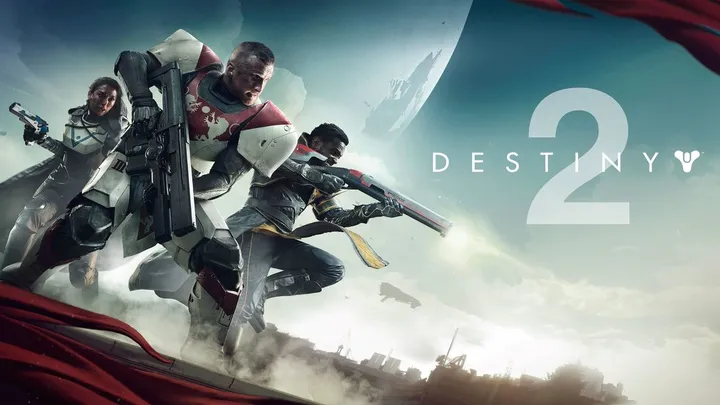
How to Master Destiny 2
December 07, 2025
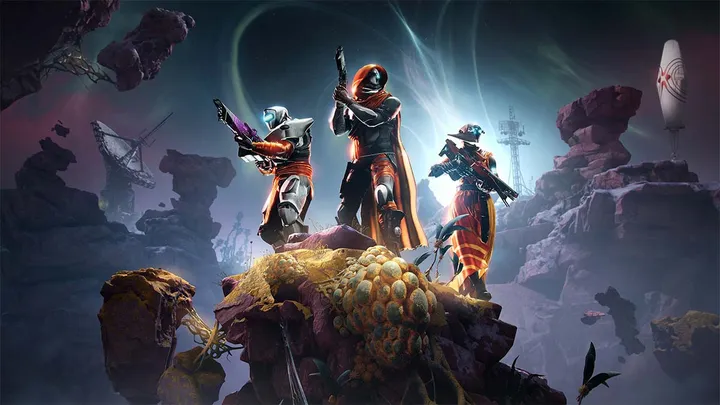
Mastering PvE Endgame Boss Fights in Destiny 2: Mechanics, Strategies, and Hidden Systems
December 07, 2025
Latest review
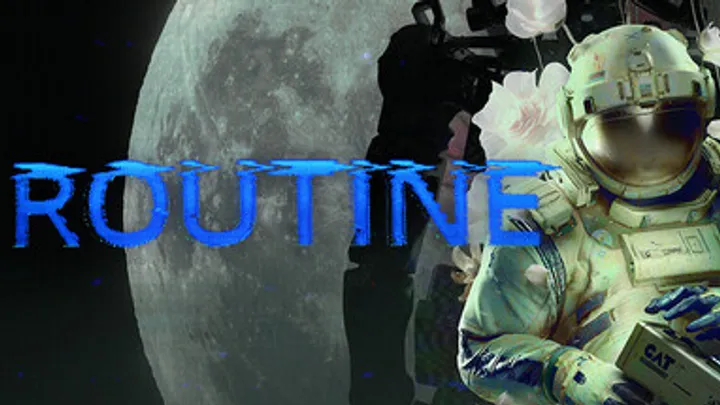
ROUTINE
ROUTINE successfully transports players into a hauntingly beautiful yet terrifying lunar environment, artfully combining horror elements with strategic gameplay.
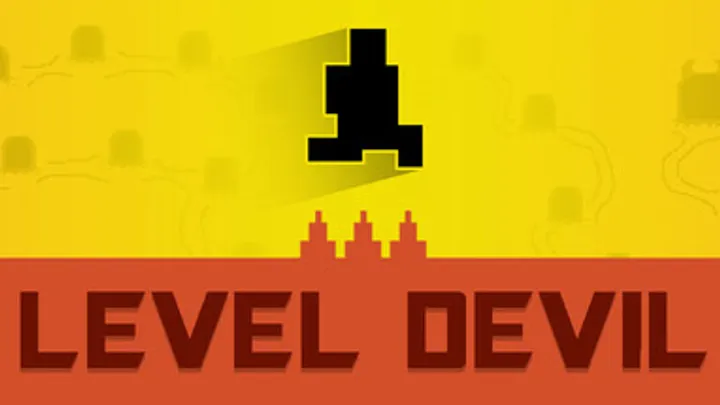
Level Devil
Level Devil offers an engaging and whimsical platforming experience, seamlessly blending exploration, puzzle-solving, and creative level design.
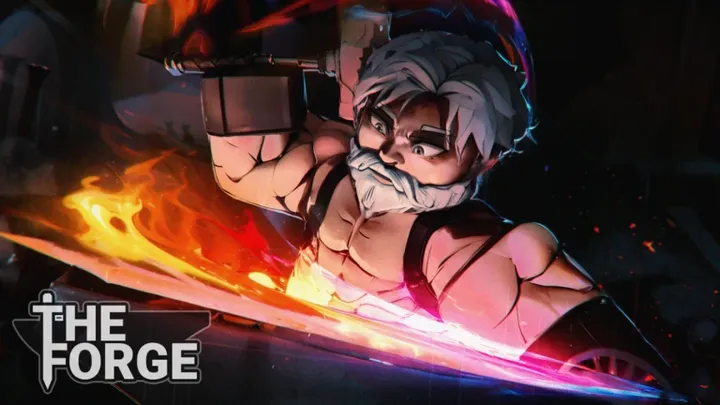
Roblox: The Forge
The Forge is a captivating blend of crafting, exploration, and combat, set in a beautifully realized fantasy universe. It successfully combines engaging gameplay with deep lore and a vibrant art style, making it a standout title in the genre.
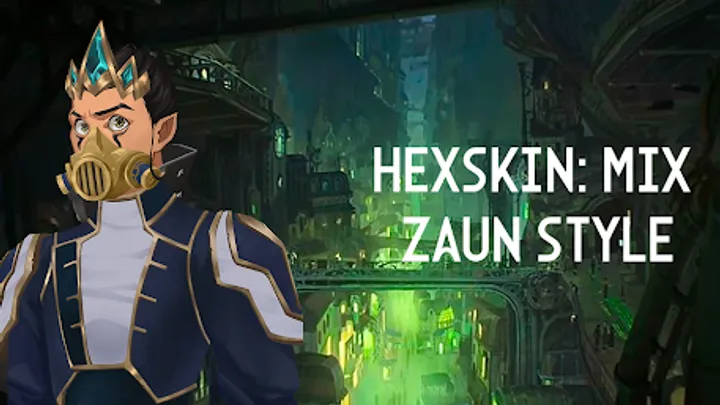
HexSkin: Mix Zaun Style
HexSkin: Mix Zaun Style is an intriguing blend of customization, strategy, and urban aesthetics, offering players a vibrant and engaging experience rooted in the beloved Zaun culture from League of Legends.
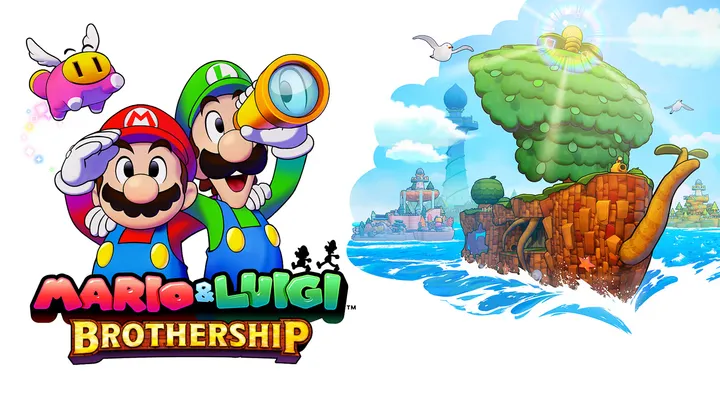
Mario & Luigi™: Brothership
Mario & Luigi™: Brothership is a vibrant and engaging role-playing game (RPG) that transports players back to the whimsical world of the Mushroom Kingdom, featuring the iconic duo of Mario and Luigi.
Editor Advices
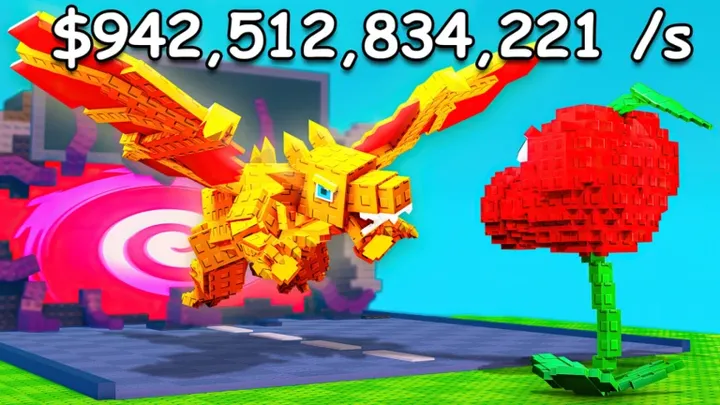
Roblox: Plants Vs Brainrots
Roblox: Plants Vs Brainrots delivers a whimsical tower defense adventure with its meme-inspired combat and garden growth, celebrating a unique Roblox twist.
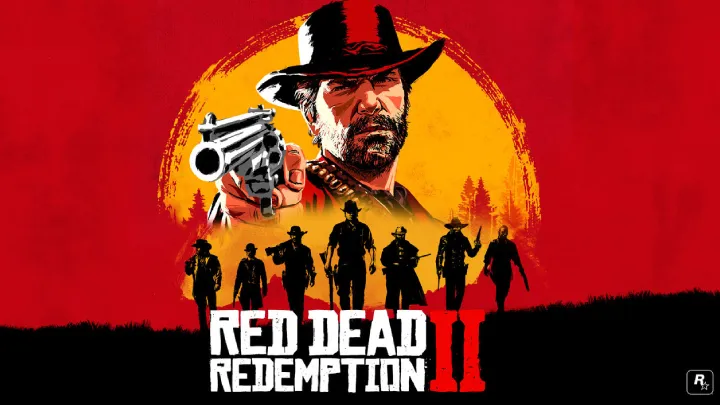
Red Dead Redemption 2
Red Dead Redemption 2 delivers an immersive open-world Western adventure with stunning visuals, rich storytelling, and deep gameplay mechanics.
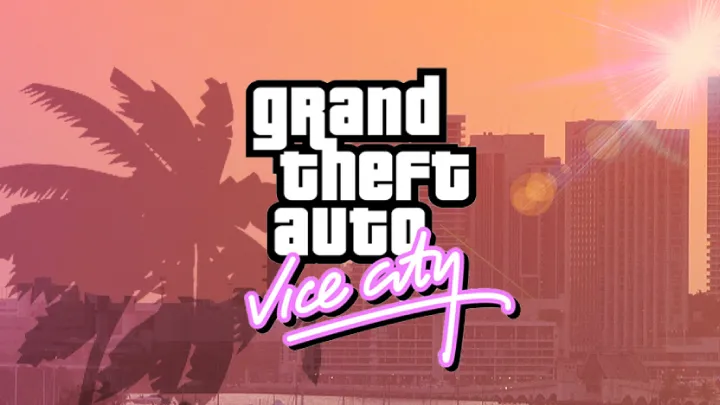
Grand Theft Auto: Vice City
Grand Theft Auto: Vice City is not just a game—it’s a time capsule. By blending stylish visuals, an unforgettable soundtrack, and groundbreaking freedom, Rockstar delivered an experience that shaped modern gaming.
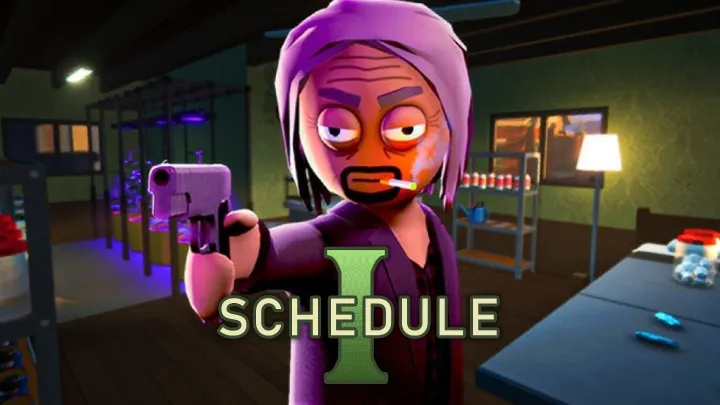
Schedule I
Schedule I reinvents tycoon simulation with boldness, humor, and slick gameplay loops. Its success shows the power of indie creativity on a global stage
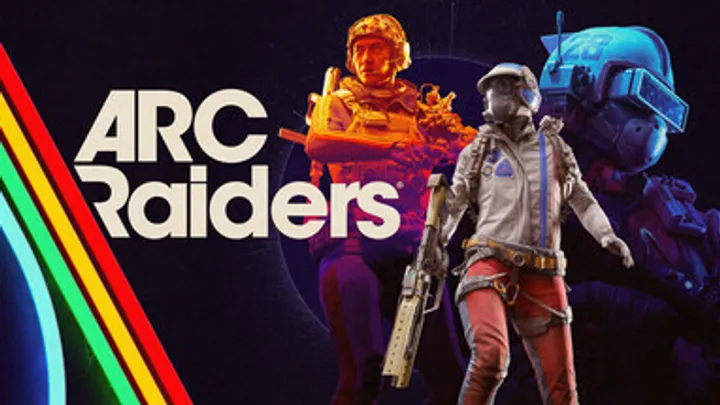
ARC Raiders
ARC Raiders is an exhilarating blend of cooperative gameplay, resource management, and dynamic combat that successfully immerses players in a dystopian world filled with challenges.

